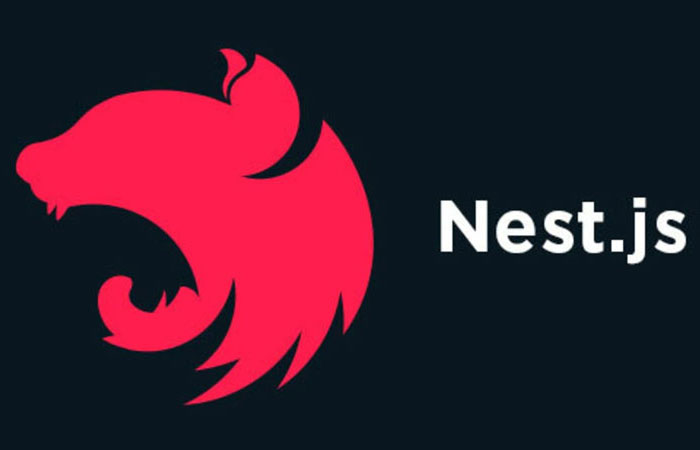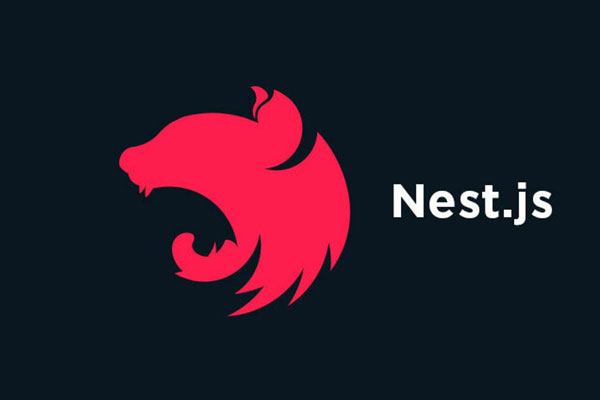Revolutionizing web development. Enhancing the efficiency, capability, and creativity of developers.


Nest.js, a robust and innovative framework for building server-side applications with JavaScript (and TypeScript), has gained significant traction in the world of web development. Developed by Kamil Myśliwiec and the Nest.js community, this framework leverages modern JavaScript features and design patterns to provide developers with a scalable, modular, and maintainable way to build server-side applications. In this exploration, we'll delve into the key concepts, features, and advantages of Nest.js, showcasing how it has become a go-to choice for developers aiming to build robust and scalable server-side applications.
One of the distinguishing features of Nest.js is its strong integration with TypeScript. TypeScript is a superset of JavaScript that adds static typing and other features to the language. This integration enhances developer productivity by enabling early detection of potential issues, improved code navigation, and enhanced tooling support. The use of TypeScript also contributes to better code organization and maintainability, making it an attractive choice for developers who value strong typing in their projects.
Nest.js promotes a modular architecture, allowing developers to organize their applications into reusable and independent modules. This modular approach enhances code organization, maintainability, and testability. Each module encapsulates a specific set of functionality, and modules can be easily shared between different parts of the application or even across multiple projects. The modular architecture of Nest.js facilitates the development of scalable and maintainable server-side applications.
Nest.js adopts the concept of dependency injection, a design pattern that promotes loose coupling and testability. With dependency injection, components (services, controllers, etc.) declare their dependencies, and a central injector resolves and provides these dependencies when needed. This pattern simplifies the management of dependencies, enhances code modularity, and makes it easier to write unit tests for individual components. Dependency injection is a powerful tool that contributes to the overall maintainability and scalability of Nest.js applications.
Nest.js builds on top of Express.js, a popular web application framework for Node.js. By leveraging the capabilities of Express.js, Nest.js inherits a robust set of features for handling HTTP requests, middleware integration, and routing. This integration allows developers familiar with Express.js to seamlessly transition to Nest.js while enjoying additional features and a more structured and modular development approach.
Nest.js makes extensive use of decorators, a feature introduced in TypeScript and later adopted by JavaScript. Decorators are used to annotate classes, methods, and properties, providing metadata that Nest.js uses to understand the structure and behavior of the application. This declarative approach simplifies the configuration and organization of code, making it more readable and expressive. Decorators play a crucial role in defining routes, middleware, and other aspects of Nest.js applications.
In Nest.js, controllers are responsible for handling incoming HTTP requests and defining the application's routing logic. Controllers are decorated with route metadata, making it easy to organize and structure API endpoints. Nest.js follows a modular and hierarchical approach to routing, allowing developers to organize routes within different modules. This makes it straightforward to create well-organized and scalable APIs with clear separation of concerns.
Middleware functions in Nest.js allow developers to execute logic before or after the processing of a request. Middleware functions can be applied globally, at the module level, or at the route level, providing flexibility in handling different aspects of the request-response cycle. Interceptors, another powerful feature, allow developers to intercept the execution flow, modify data, or execute additional logic. Middleware and interceptors contribute to the extensibility and customization of Nest.js applications.


Nest.js includes built-in support for WebSockets, enabling real-time bidirectional communication between the server and clients. The WebSocket module simplifies the implementation of WebSocket functionality within Nest.js applications. This is particularly useful for building real-time features such as chat applications, live updates, and collaborative editing tools. The integration of WebSocket support showcases Nest.js's versatility in handling various communication protocols.
Testing is a crucial aspect of building robust and maintainable applications, and Nest.js provides a testing-friendly environment. The modular architecture and dependency injection pattern make it easy to isolate and test individual components. Nest.js supports various testing libraries and frameworks, including Jest, which is commonly used for unit testing, integration testing, and end-to-end testing. The framework's focus on testability contributes to the creation of reliable and well-tested server-side applications.
Nest.js seamlessly integrates with various databases and ORMs (Object-Relational Mappers). Whether using TypeORM, Sequelize, or other database solutions, Nest.js provides a consistent and structured approach to working with databases. This flexibility allows developers to choose the database technology that best suits their application's needs while benefiting from the framework's modular and scalable architecture.
Security is a paramount concern in web development, and Nest.js addresses this with built-in support for authentication and authorization. The framework provides decorators and guards that simplify the implementation of authentication strategies and role-based access control. Whether using JSON Web Tokens (JWT) or other authentication methods, Nest.js facilitates the development of secure and protected APIs.
Nest.js is well-suited for building microservices architectures, allowing developers to create scalable and distributed systems. The framework provides built-in support for message-based communication between microservices, enabling the development of complex applications that can scale horizontally. The use of modules, dependency injection, and a consistent development paradigm makes Nest.js an excellent choice for building microservices-based applications.
Nest.js benefits from an active and growing community. The ecosystem includes a variety of plugins, modules, and extensions that extend the functionality of the framework. The community-driven nature ensures ongoing support, regular updates, and the sharing of best practices. Developers can leverage the collective knowledge and contributions of the community to enhance their Nest.js projects and stay informed about the latest developments.
Nest.js has carved a niche in the world of server-side JavaScript development, offering a versatile and opinionated framework that combines the strengths of TypeScript, Express.js, and modern design patterns. Its modular architecture, dependency injection, and built-in support for features like WebSocket communication and microservices make it a compelling choice for building scalable and maintainable server-side applications. As Nest.js continues to evolve and gain popularity, it remains at the forefront of technologies empowering developers to create robust, efficient, and scalable solutions for a wide range of applications. Whether building RESTful APIs, microservices, or full-fledged server-side applications, Nest.js stands as a testament to the innovation and adaptability within the JavaScript ecosystem.